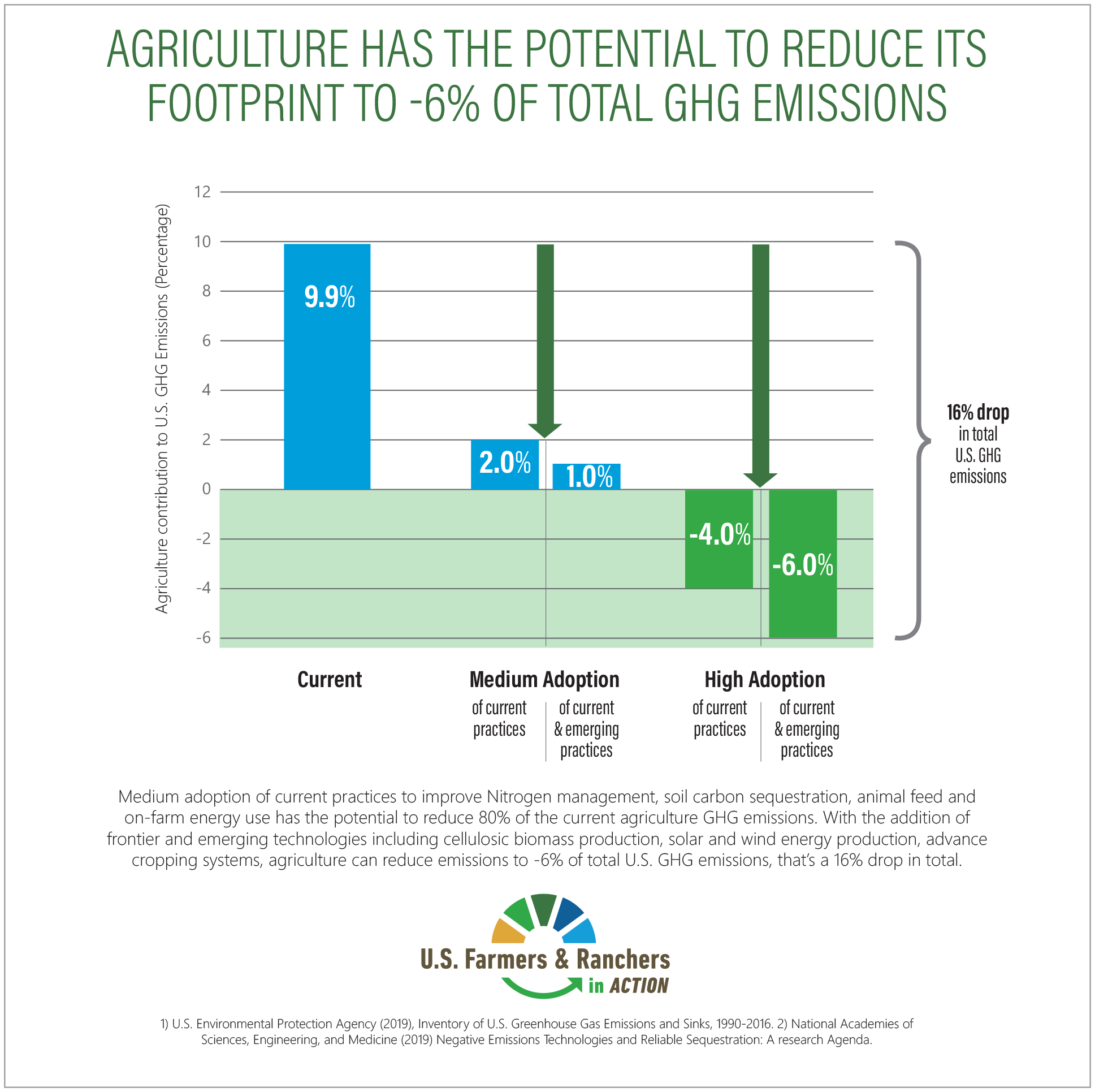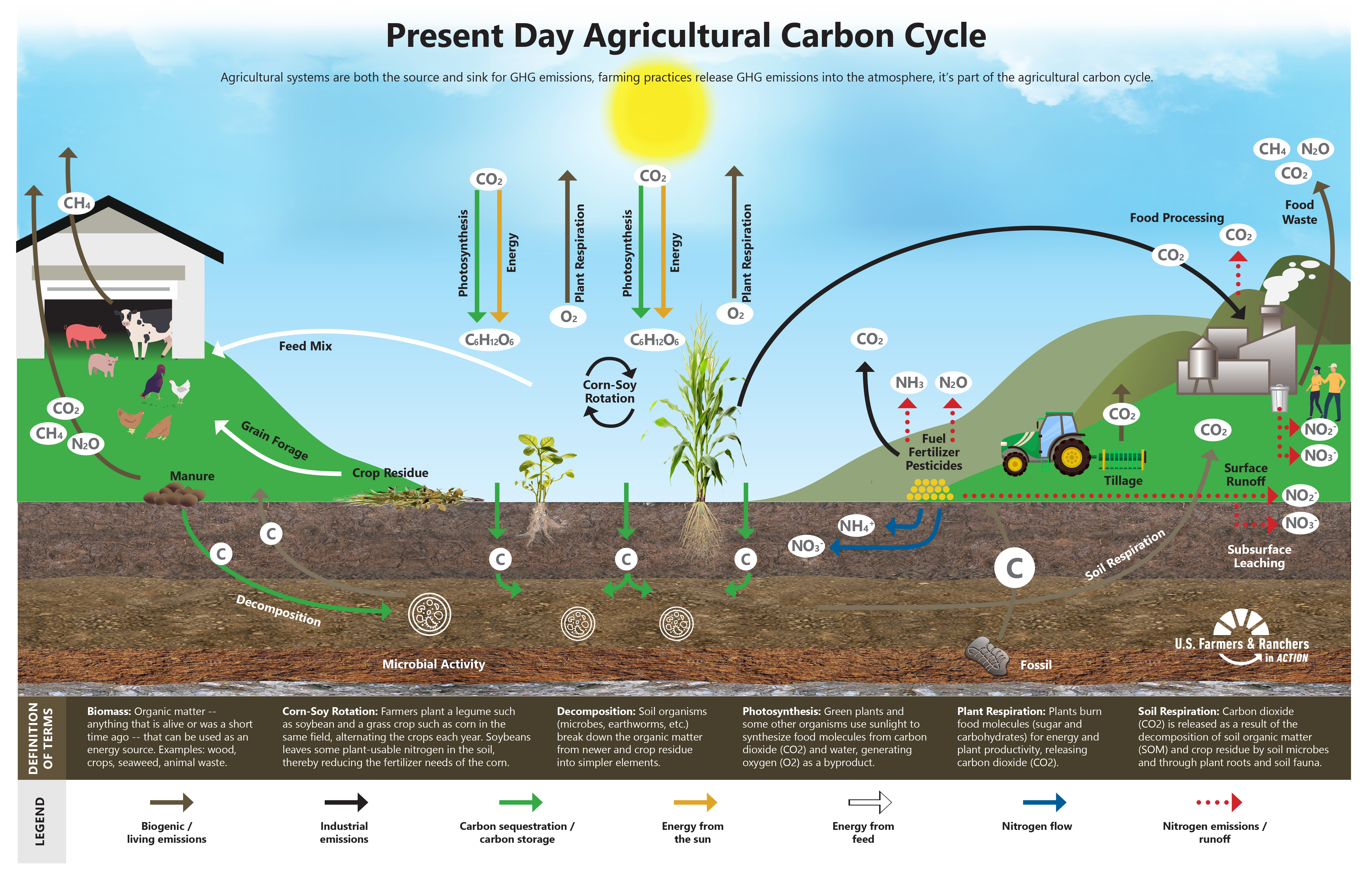Imagine walking through a lush, green farm, breathing in the fresh air, and feeling the warmth of the sun on your skin. Now, consider this: what if this picturesque scene is contributing to a significant environmental issue?
You may not realize it, but farming practices play a crucial role in greenhouse gas emissions, impacting our planet’s health. Understanding the science behind these emissions can empower you to make informed choices, whether you’re a farmer, consumer, or simply someone who cares about the environment.
We will unravel the complex science behind greenhouse gas emissions in farming, breaking it down into simple, digestible insights. By the end, you’ll not only grasp the fundamental concepts but also be inspired to take actionable steps. So, if you’re ready to dive deeper into how farming affects our climate and what you can do about it, keep reading. Your newfound knowledge might just be the catalyst for positive change.

Sources Of Emissions
Understanding the sources of emissions in farming is crucial. Greenhouse gases from agriculture impact the environment. They contribute to climate change. Identifying these sources helps reduce emissions and create sustainable practices.
Livestock And Manure
Livestock is a major source of methane emissions. This gas is released during digestion. Manure management also contributes to greenhouse gases. Improper storage increases emissions. Proper techniques can reduce this impact.
Soil Management And Fertilizers
Soil management practices affect emissions. Nitrogen fertilizers emit nitrous oxide. This potent gas traps heat in the atmosphere. Overuse intensifies emissions. Smart application reduces environmental impact.
Rice Cultivation
Rice fields emit significant methane. Flooded paddies create anaerobic conditions. This process releases greenhouse gases. Alternate wetting and drying can mitigate emissions. It helps preserve the ecosystem.
Machinery And Equipment
Farm machinery contributes to carbon emissions. Fuel combustion releases carbon dioxide. Efficient equipment reduces emissions. Regular maintenance is essential. This minimizes the environmental footprint.
Burning Agricultural Waste
Burning waste is common in farming. It releases carbon dioxide and other gases. Alternatives like composting are more eco-friendly. They reduce emissions and improve soil health.
Impact On Climate
Farming significantly impacts our climate through greenhouse gas emissions. Agriculture releases gases like methane, nitrous oxide, and carbon dioxide. These gases trap heat in the atmosphere, leading to global warming. Their presence in large amounts accelerates climate change, affecting weather patterns worldwide. Understanding this impact is crucial for developing sustainable farming practices.
Understanding Methane Emissions
Methane is a potent greenhouse gas. Livestock farming is a major methane source. Cows and sheep produce methane during digestion. This process is called enteric fermentation. Manure management also releases methane. Methane is more effective at trapping heat than carbon dioxide. Reducing methane emissions can significantly slow climate change.
The Role Of Nitrous Oxide
Nitrous oxide comes from soil management practices. Fertilizers used in farming release nitrous oxide. This gas is even more potent than methane. It stays in the atmosphere for a long time. Reducing fertilizer use can help lower nitrous oxide emissions. Adopting efficient farming techniques is essential.
Carbon Dioxide From Agricultural Practices
Carbon dioxide is released through various farming activities. These include using fossil fuels and deforestation. Tractors and machines burn fossil fuels, emitting carbon dioxide. Clearing forests for farmland also releases stored carbon. Planting trees and using renewable energy can reduce carbon dioxide emissions.
Effects On Weather Patterns
Greenhouse gases alter weather patterns. They cause more extreme weather events. These include floods, droughts, and storms. Changes in weather affect crop yields and food security. Farmers face challenges adapting to these conditions. Sustainable practices can mitigate these impacts.
Mitigation Strategies
Farmers play a big role in greenhouse gas emissions. The good news? There are ways to lower these emissions. These methods help keep our planet healthy. Let’s dive into some effective strategies that farmers use to reduce their impact.
Improved Manure Management
Managing manure well can cut emissions. Farmers store manure in covered pits. This reduces methane release into the air. Another method is composting. Composting transforms manure into rich soil. It also reduces harmful gases.
Efficient Fertilizer Use
Fertilizers can release nitrous oxide. Using the right amount is key. Farmers test soil before applying fertilizers. This ensures only needed nutrients are added. Some use slow-release fertilizers. These release nutrients over time. This reduces nitrous oxide emissions.
Adopting No-till Farming
No-till farming keeps soil intact. This practice helps store carbon in the ground. It also prevents carbon dioxide from escaping. Farmers plant seeds without turning the soil. This method saves energy and reduces emissions.
Utilizing Cover Crops
Cover crops are planted to protect the soil. They help prevent soil erosion. Cover crops also capture carbon. This keeps carbon dioxide from entering the atmosphere. Farmers grow these plants during off-seasons.
Investing In Renewable Energy
Some farms use renewable energy. Solar panels and wind turbines are popular choices. These energy sources reduce reliance on fossil fuels. Renewable energy lowers greenhouse gas emissions. Many farms benefit from this clean energy.
Improved Livestock Feeding Practices
Feeding livestock certain diets can reduce methane. Adding fats and oils to feed helps. It changes the way cows digest food. This means less methane is produced. Some farmers use feed additives. These additives help reduce gas emissions.
Adopting Agroforestry
Agroforestry combines trees and crops. Trees capture carbon dioxide. This helps lower the carbon footprint of farms. Trees also provide shade and shelter. They protect crops and livestock from extreme weather.


Conclusion
Understanding greenhouse gas emissions in farming is vital for our planet. Reducing emissions helps combat climate change. Farmers can adopt eco-friendly practices. These include crop rotation and reduced chemical use. Such practices benefit both the environment and the economy. Sustainable farming methods protect our soil and water.
They ensure food security for future generations. Awareness and action are key in this journey. Every step counts towards a healthier Earth. Let’s support and implement these changes. Together, we can make a difference in the fight against climate change.

